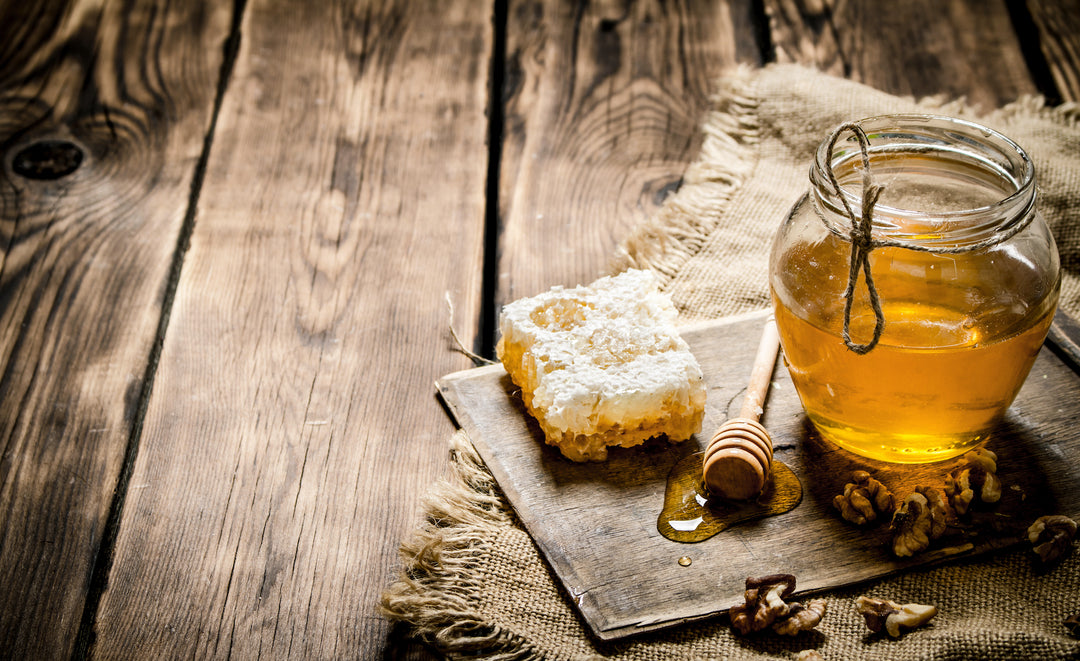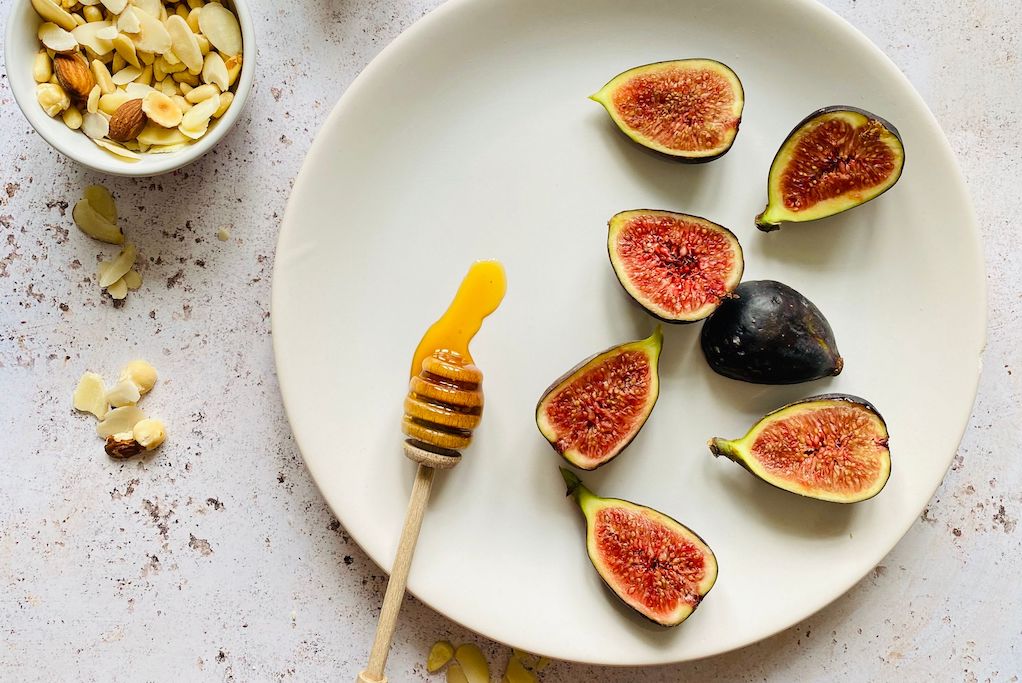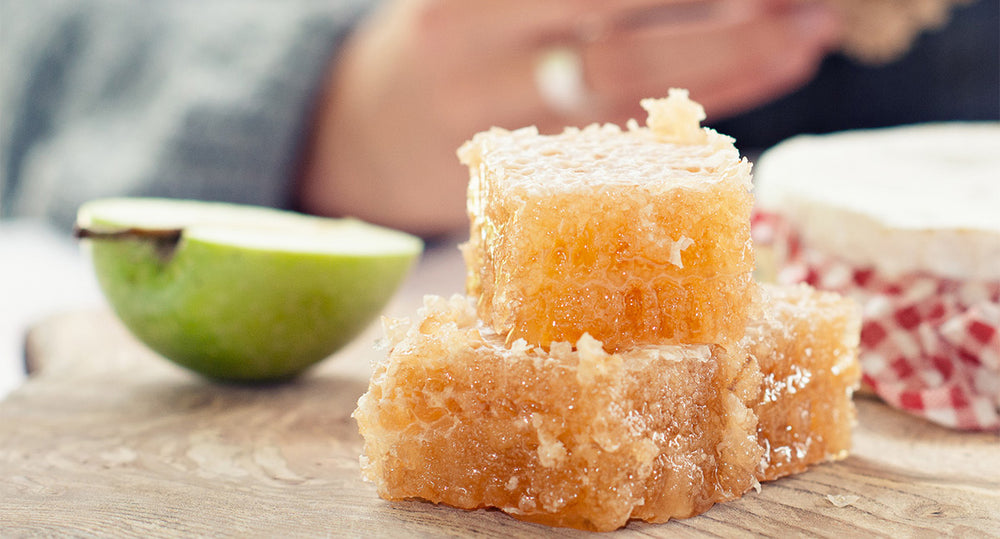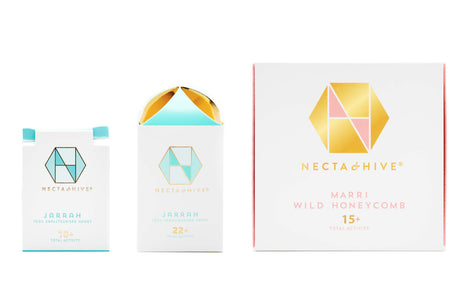Bees love Eucalyptus Nectar
Best healing honey from Western Australia
Antimicrobial power house
Prized worldwide
AUSTRALIAN
Jarrah honey
Reasons to eat our Jarrah Honey every day.
- They’re produced by bees free to forage on eucalyptus trees, making them single flower honeys.
- These Western Australian eucalyptus trees are native to one of the last remaining pesticide free areas of the world.
- Unlike Manuka honey which can taste medicinal Jarrah has a sweet, caramel taste.


Australia
Jarrah honey
Necta & Hive Honey can Benefit your health in different ways
- Our honey is rich in prebiotic fibre which feeds the trillions of beneficial “good bacteria” that reside in our guts, helping them thrive and keep our guts healthy and regular.
- Active honey helps support a healthy immune system due its natural antioxidant content.
- Honey can be considered the first line of treatment for coughs, colds and sore throats, instead of antibiotics.




